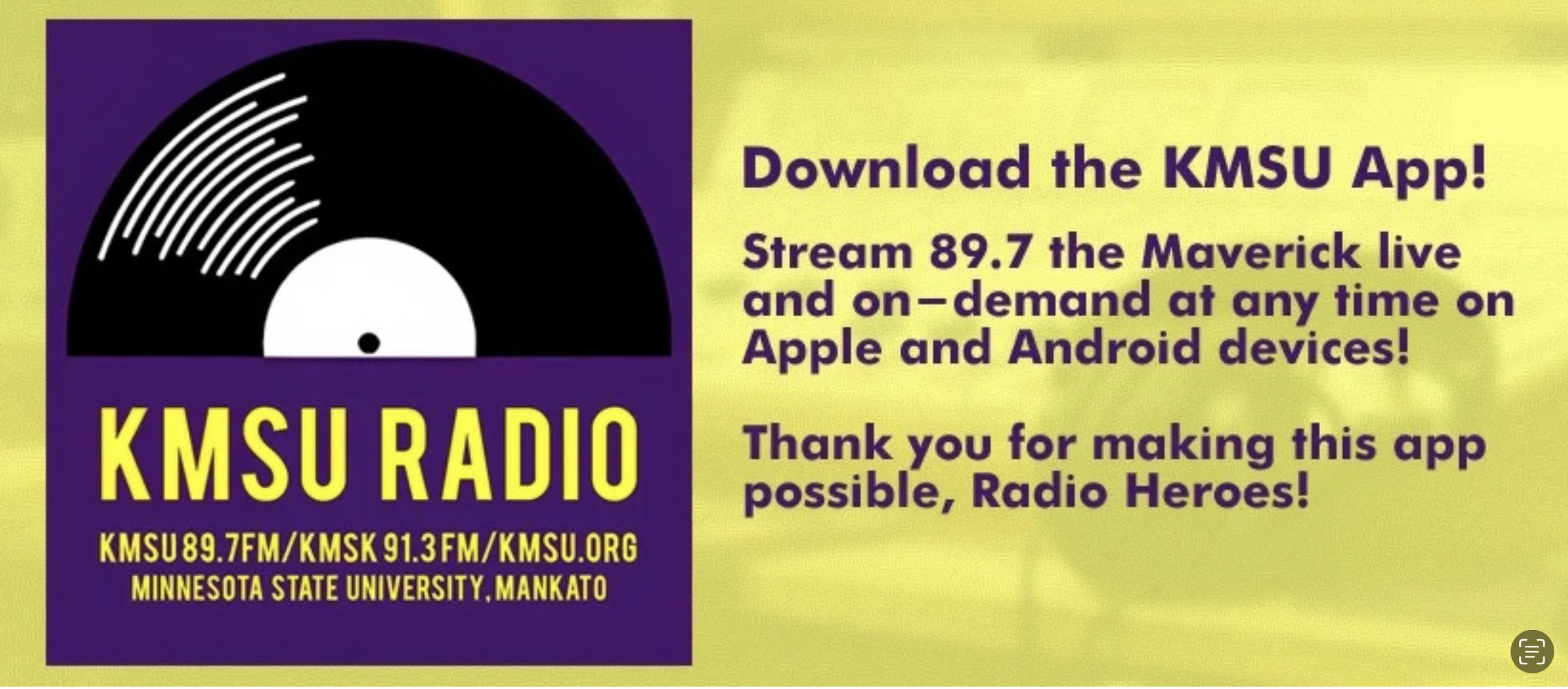Naturally
The alarm sounded. A rooster pheasant had crowed “cow-cat.”
The Nyjer feeders were weighed down with a gazillion lemony goldfinches—maybe fewer.
I listened to a brown thrasher sing about his experiences. His song was a clear and melodious set of repeated phrases sung with gusto, with one mnemonic spoofing a phone conversation, “Hello! Hello! Yes, yes. Who is this? Who is this? I should say! I should say! How’s that? How’s that?” Al Sack of Harmony sent me a photo of a brown thrasher nest in a roll of old barbed wire.
I attended a visitation for LaMoyne Heidemann of Albert Lea. His wife Marge told me the grosbeaks and orioles were back in their yard. She’d always alerted her husband when that happened and he hurried to the window where they looked at the birds together. How fortunate we are when we have someone willing to look in the same direction we are.
Reports of Baltimore orioles
Rick Mammel of Albert Lea saw a couple of Baltimore orioles in his yard. He put orange halves and grape jelly in an oriole feeding station he’d constructed. He said it hadn’t taken two minutes before two orioles began feeding.
Maren Holst of Lake City had seen some orioles late in the day. At 10 minutes before midnight, she put out oranges for them. She’d forgotten to do that earlier and wanted to make sure the birds had breakfast.
Denny Tostenson of Albert Lea had asked me to send him some Baltimore orioles. He called later to say he wanted some, not the whole flock. He wondered if he could afford to feed them all.
Q&A
“Why do I see bald eagles and turkey vultures hanging around together?” They are both scavengers and soar on thermals. They could unknowingly help the other find food. An eagle might catch a fish or other prey item and not clean its plate, leaving tidbits for a vulture. Vulture talons aren’t meant for transporting food, so they carry it in their crops to regurgitate for their ravenous chicks. The vulture may look ominous when standing in a spread-winged stance called the horaltic pose. The stance likely serves multiple functions: drying the wings, warming the body and baking off bacteria.
“Why do swans congregate in Monticello in the winter?” Up to 3,000 trumpeter swans gathered in the water of the Mississippi River kept open by warm water discharged from a power plant. In 1986, a swan showed up on the river outside Sheila and Jim Lawrence's front door. Sheila, "The Swan Lady," began feeding the swans. Every day, she did swan chores, feeding over 1,500 pounds of corn from plastic buckets. Geese and ducks found their way to that trough too. Sheila died of cancer in 2011. Her husband continued the meals until the artificial feeding program ended in 2020 as wildlife officials encourage the swans to feed naturally. Trumpeters were driven to near extinction from the widespread destruction and degradation of wetlands and hunting. By the 1880s, trumpeter swans were extirpated from Minnesota. By the 1930s, only 69 trumpeter swans remained in the lower 48 states. Thanks to the good work of many, there are now 30,000 trumpeter swans in Minnesota. A male swan is a cob, a female swan a pen and a baby a cygnet. They have a 7–8-foot wingspan and an all-white plumage—the much smaller snow goose has black wingtips. In the movie “Heartburn,” an account of Nora Ephron’s ill-fated marriage to Carl Bernstein (played by Jack Nicholson), the distressed protagonist (played by Meryl Streep) told her father of her husband’s infidelities. He advised, “You want monogamy? Marry a swan.” Trumpeter swan pairs stay together throughout the year and are assumed to mate for life, but some individuals do switch mates and some males that lost their mates don’t mate again.
“How do seagulls find my tractor when I’m working in the field?” Although most people call them seagulls, that term is taxonomically wrong and misleading. Gulls are found nearly everywhere, especially where there is a landfill. The term gulls is better, but if you say “seagulls,” I’ll know what you mean. So, the gulls are flying high overhead. This means they can see a large area. A flock has many eyes to look for food. If they see other birds feeding, they check it out. If they see your tractor moving across a field, they have learned that it uncovers worms, insects and mice for eating. Curious, hungry and intelligent gulls find tractors worth following.
Thanks for stopping by
“If you want others to be happy, practice compassion. If you want to be happy, practice compassion.”—Dalai Lama.
"We learn from our gardens to deal with the most urgent questions of the time: How much is enough?"—Wendell Berry.
Do good.
©️Al Batt 2023
Male red-bellied woodpeckers have red foreheads, caps and napes. Females have red napes and a touch of red at the base of their bills. This male sticks out its tongue nearly 2 inches past the end of its beak. The tip is barbed and the bird’s spit is sticky, making eating grape jelly a snap. Males have longer, tongues with wider tips than females, allowing a pair to forage in different places. Photo by Al Batt.




